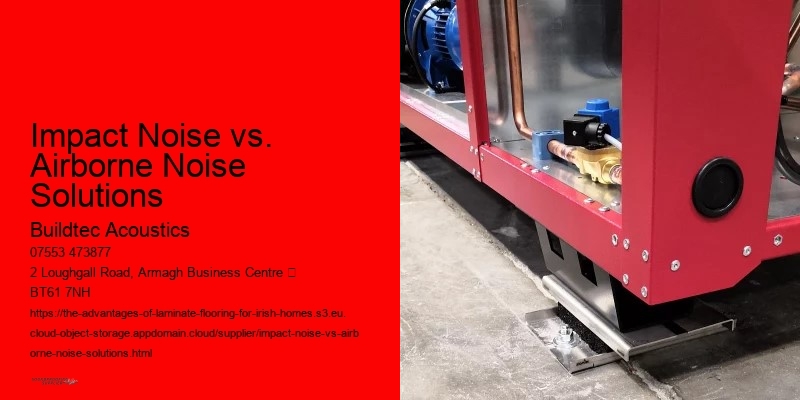These materials offer excellent thermal insulation, meaning that in addition to controlling sound, they help enhance the thermal resistance of the room. Sound Insulation for Multi-Story Buildings . Soundproofing Material Products from this Soundproofing Supplier are affective acoustic solutions. laminate flooring Before installing an acoustic underlay, it is essential to ensure that the subfloor-whether concrete, particle board, or cement-is clean, level, and dry. By choosing the appropriate product for the specific noise control requirement, homeowners and businesses can create a quieter, more comfortable environment. The underlays provide a cushion that helps to reduce the transmission of vibrations and sound through the floor.
The use of recycled fibers and materials encourages recycling while reducing the environmental footprint of soundproofing installations. This process involves transforming sound energy into heat, which then dissipates without causing disturbances.
Impact Noise vs. Airborne Noise Solutions - Leadership in Energy and Environmental Design
- mass density
- heating equipment
- underfloor heating
- membrane
This contributes to better communication between occupants by reducing noise interference. Acoustic underlays function by absorbing and dissipating sound energy, which minimizes noise transmission through flooring. They are installed beneath the visible flooring material, ensuring that the desired flooring-whether it is elegant hardwood, practical laminate, or cozy carpet-remains unaltered.
This allows consumers to achieve their preferred aesthetics without sacrificing soundproofing performance. Acoustic underlays are also beneficial for renovation projects. Impact noise, such as footsteps on laminate flooring or vibrations from a washing machine, can be minimized using dense materials like natural rubber or foam.
Impact Noise vs. Airborne Noise Solutions - laminate flooring
- hardwood
- laminate flooring
- Leadership in Energy and Environmental Design
- furniture
- ceiling
